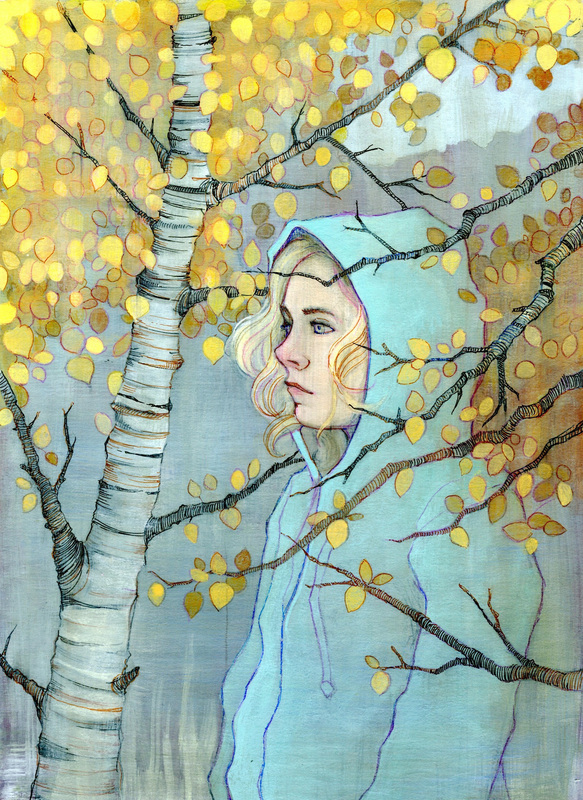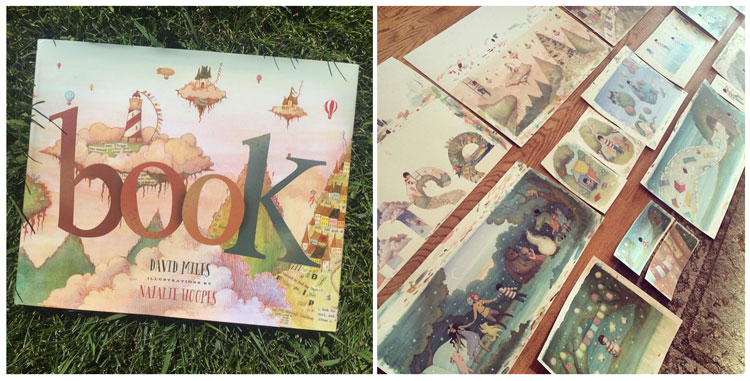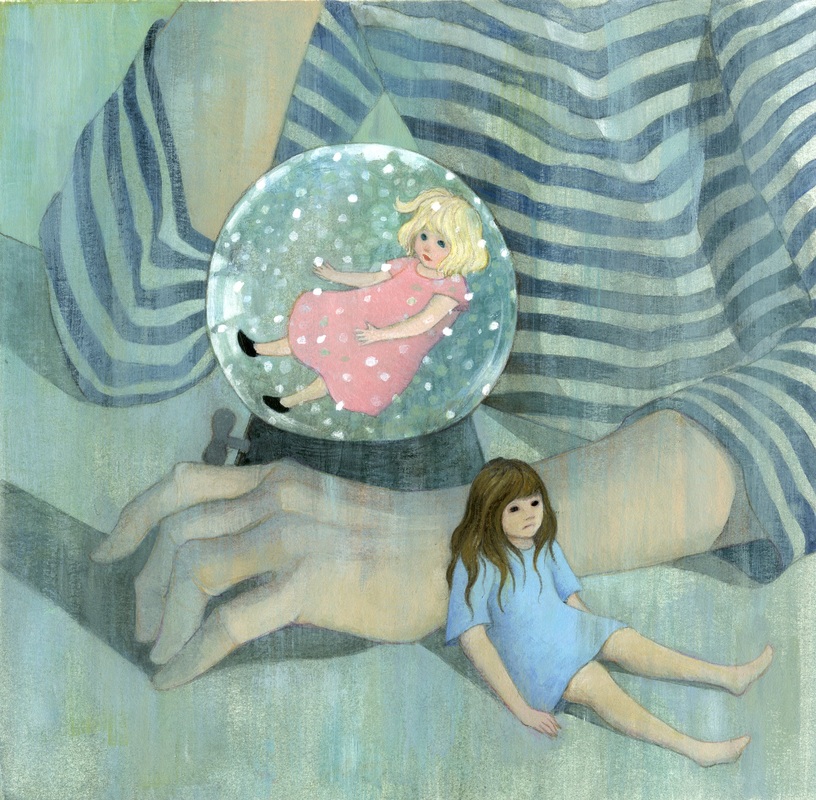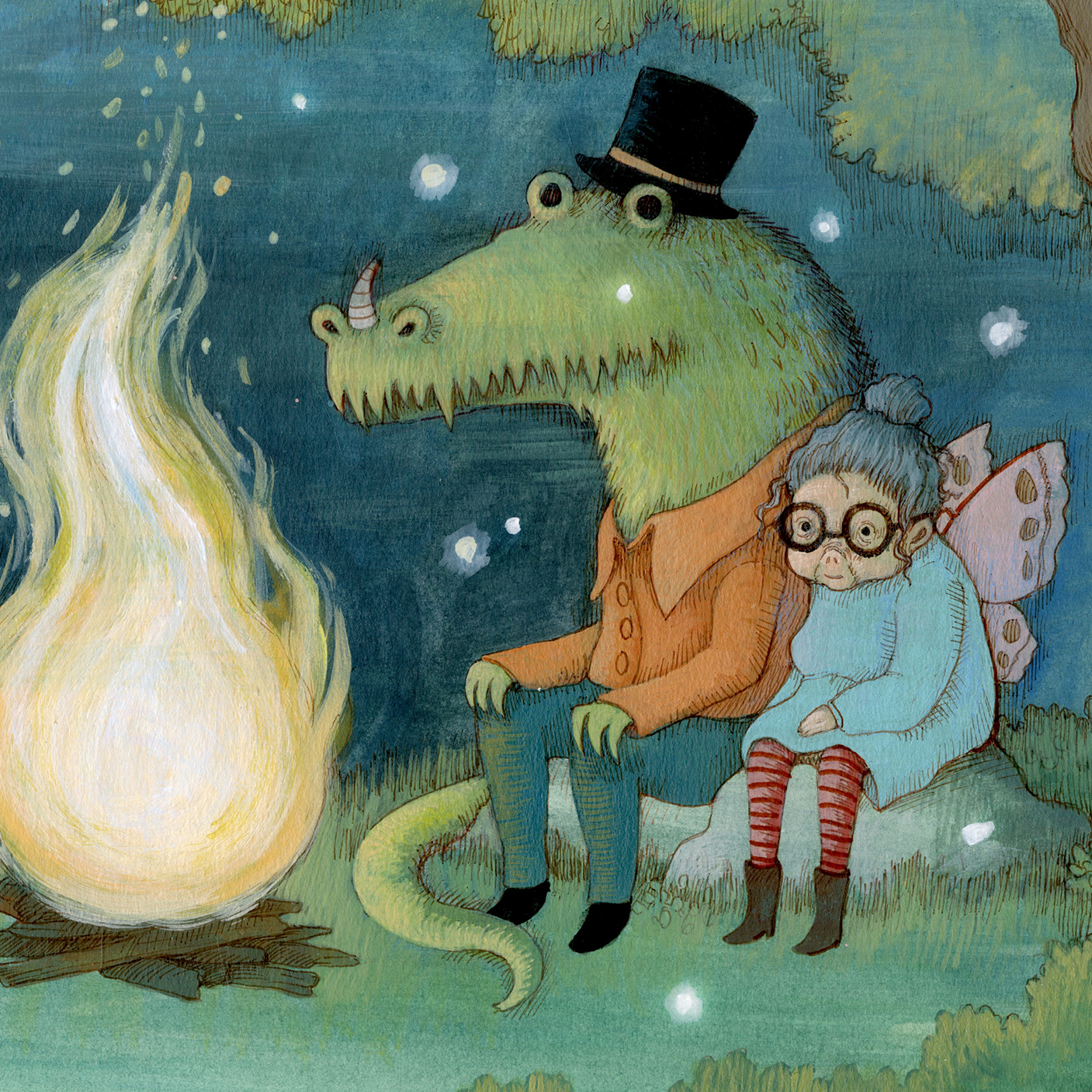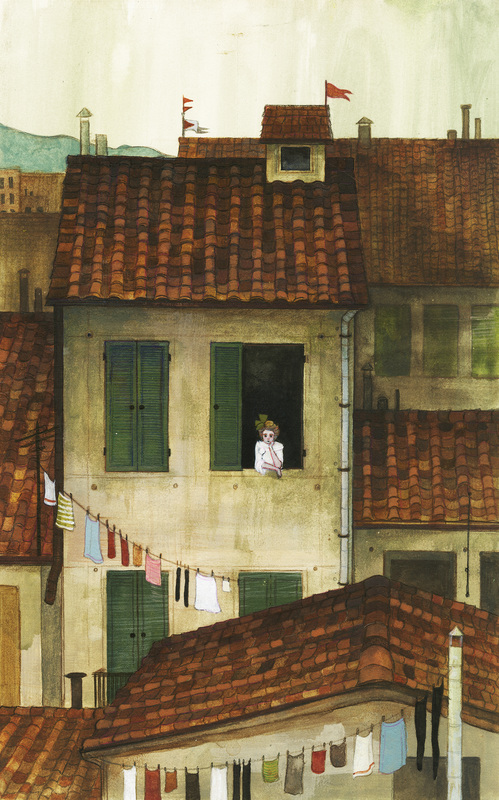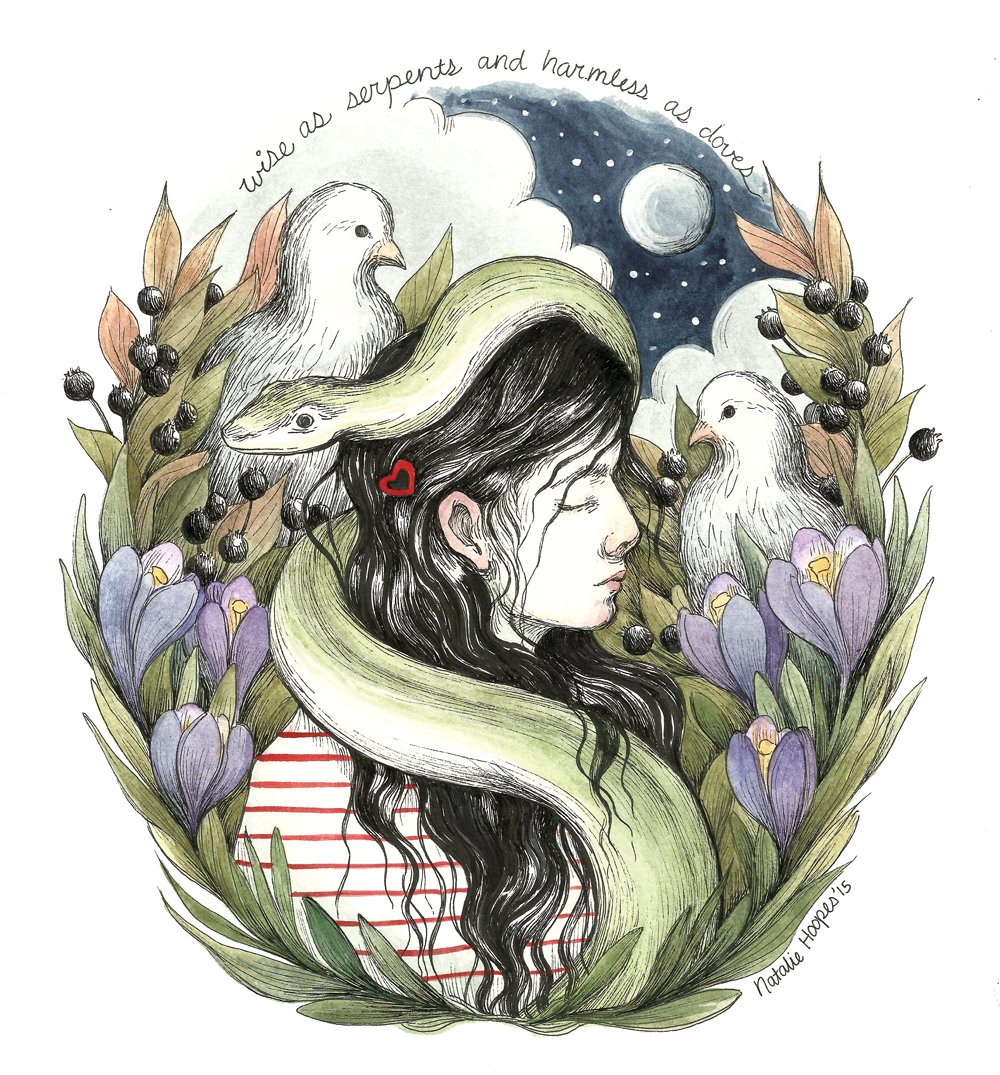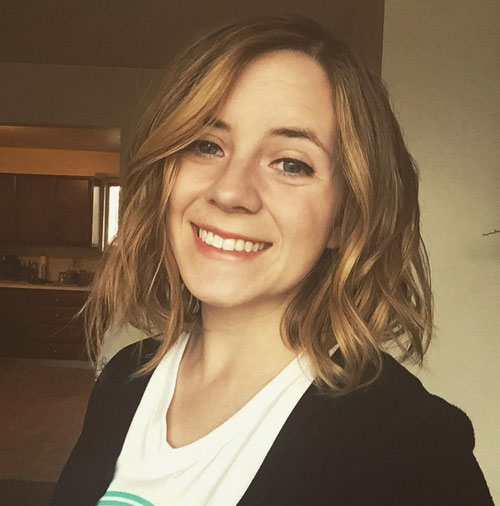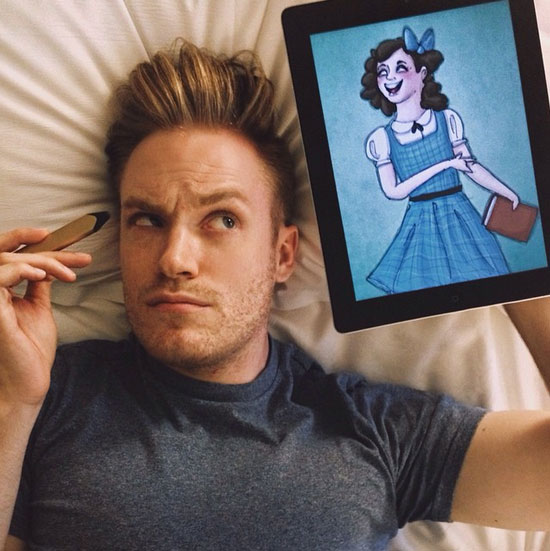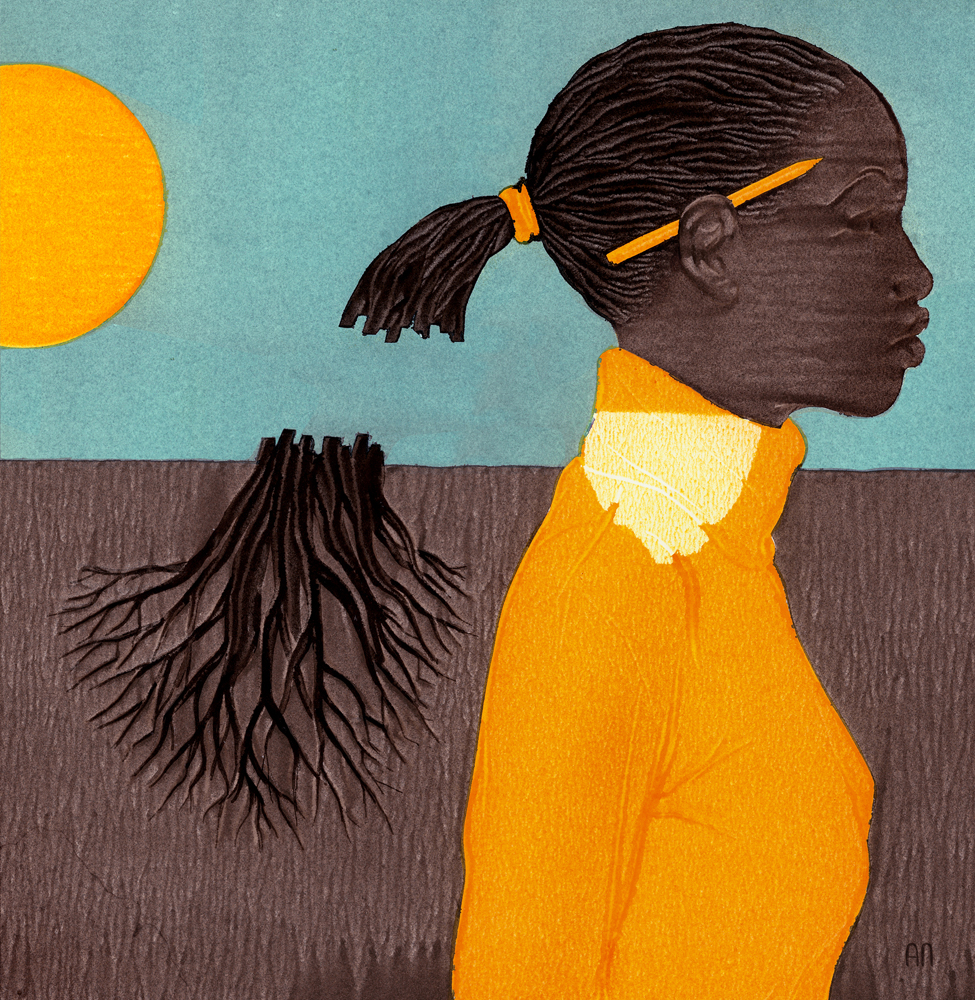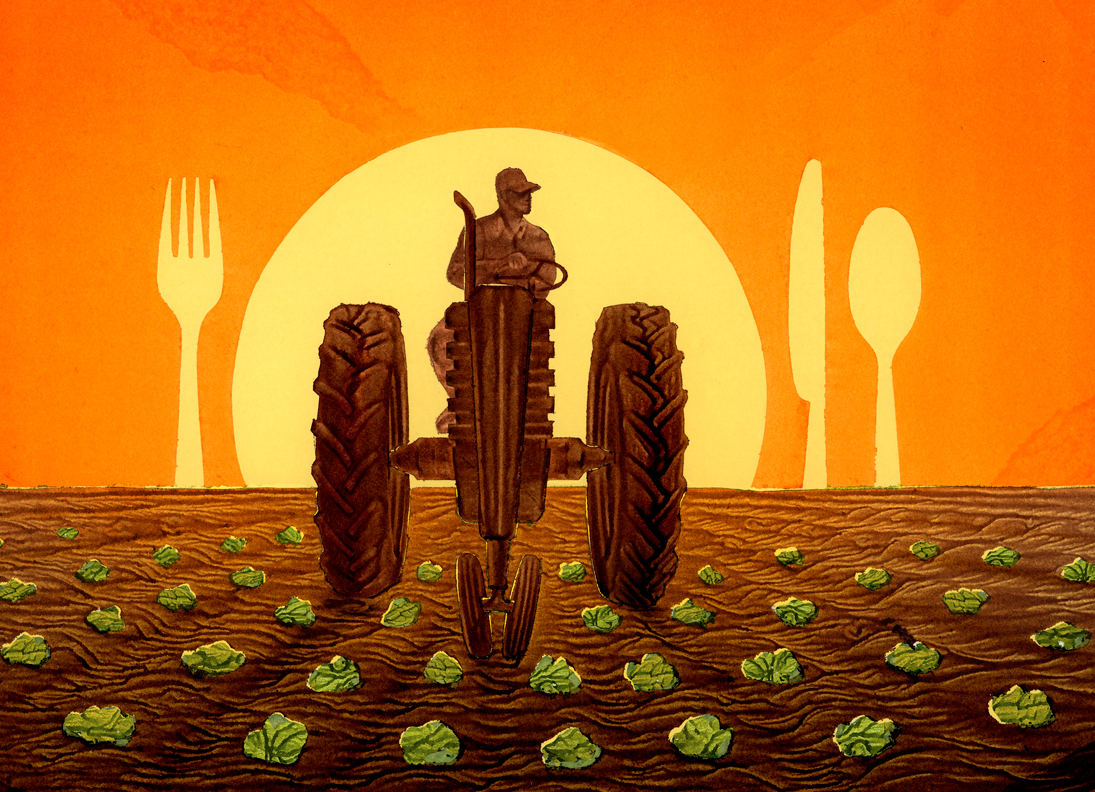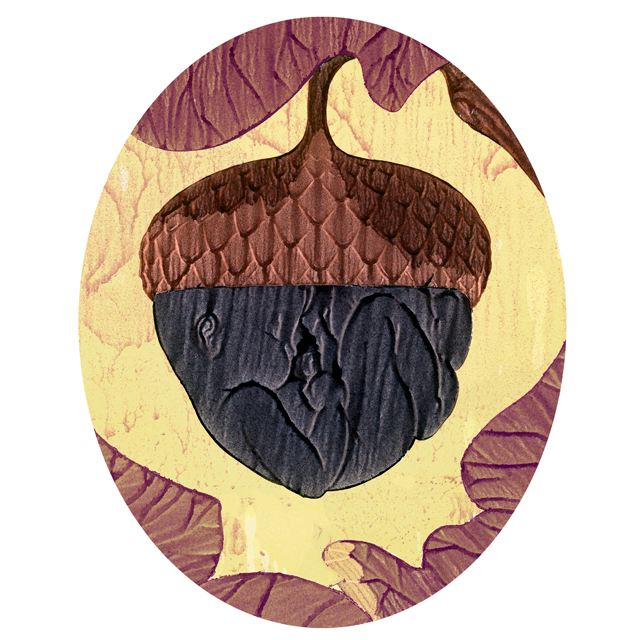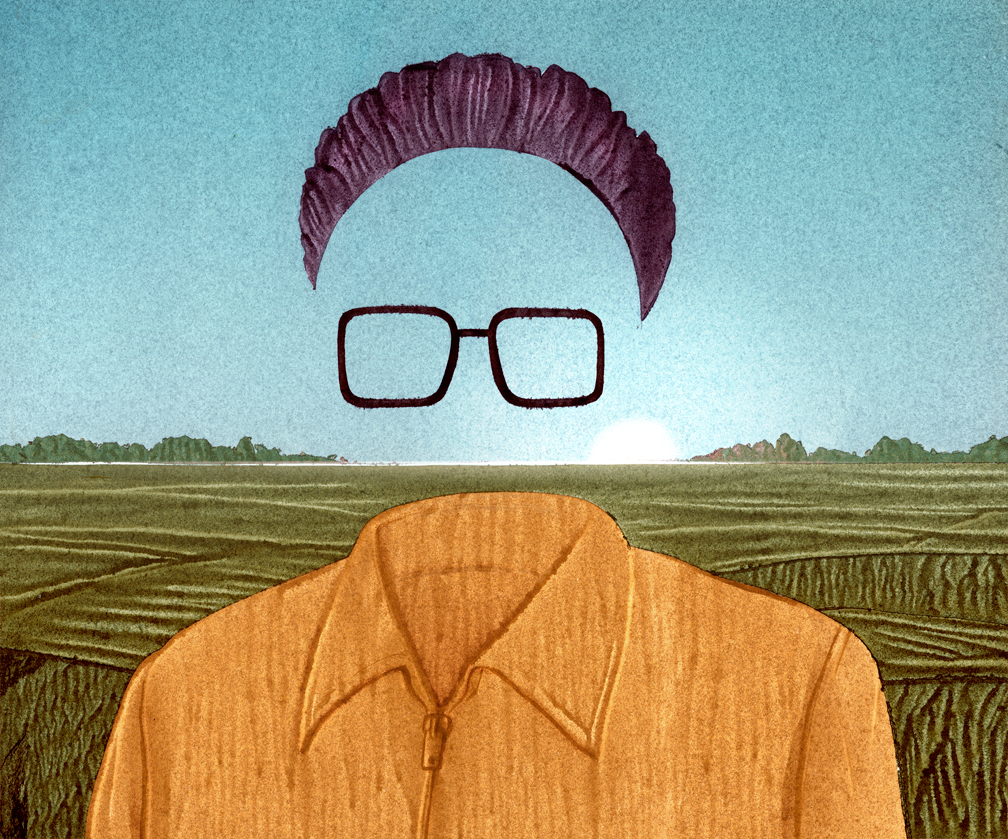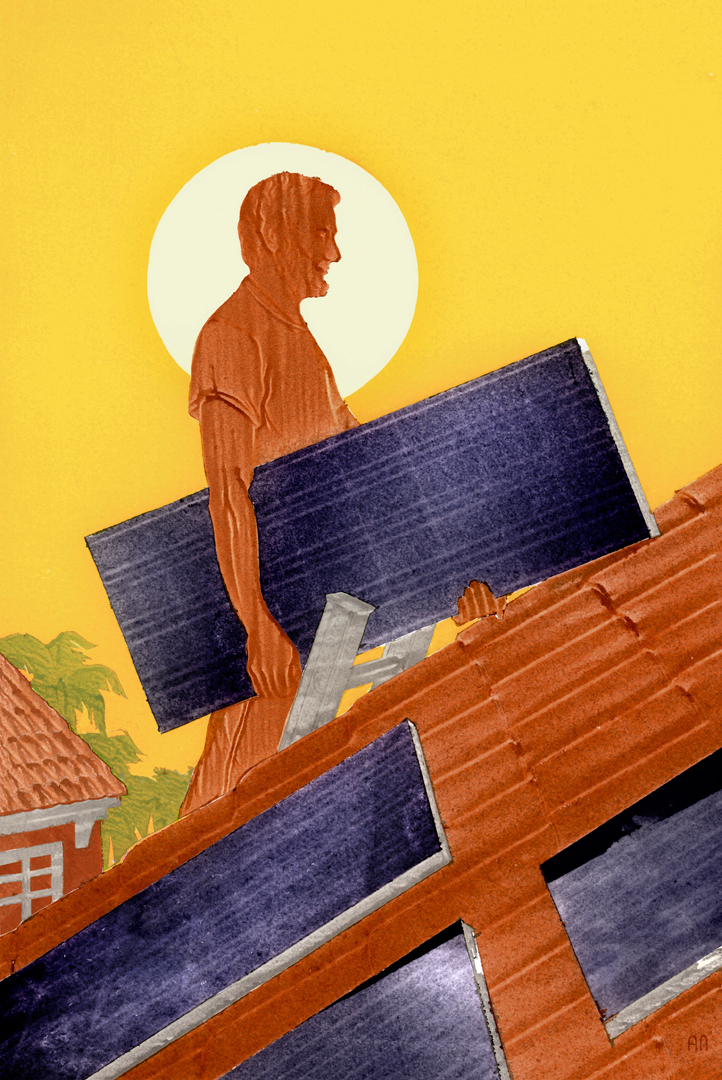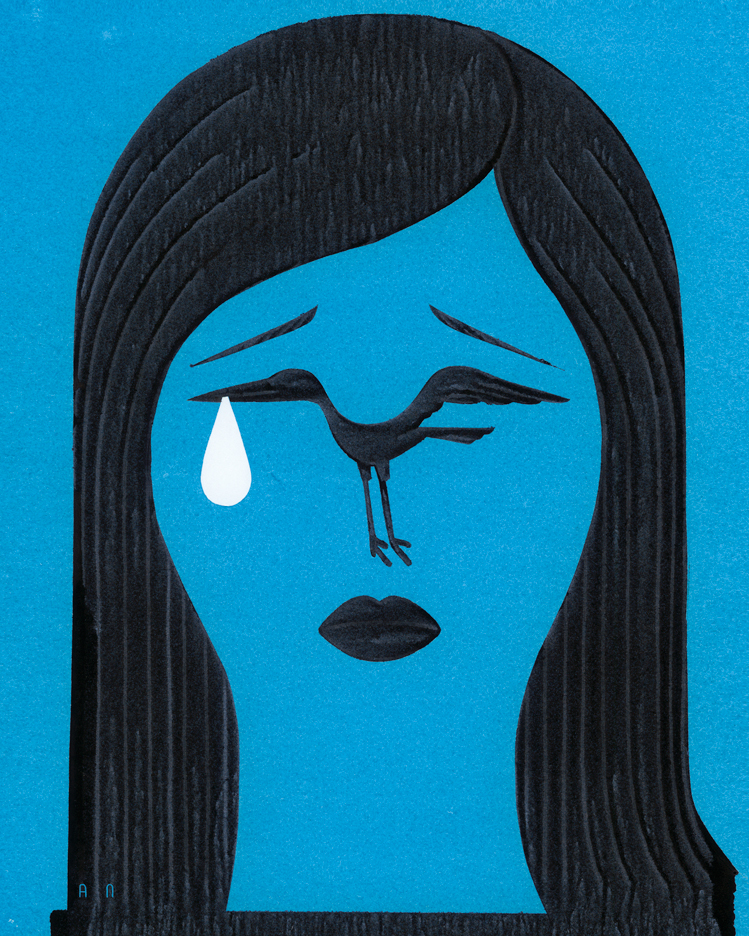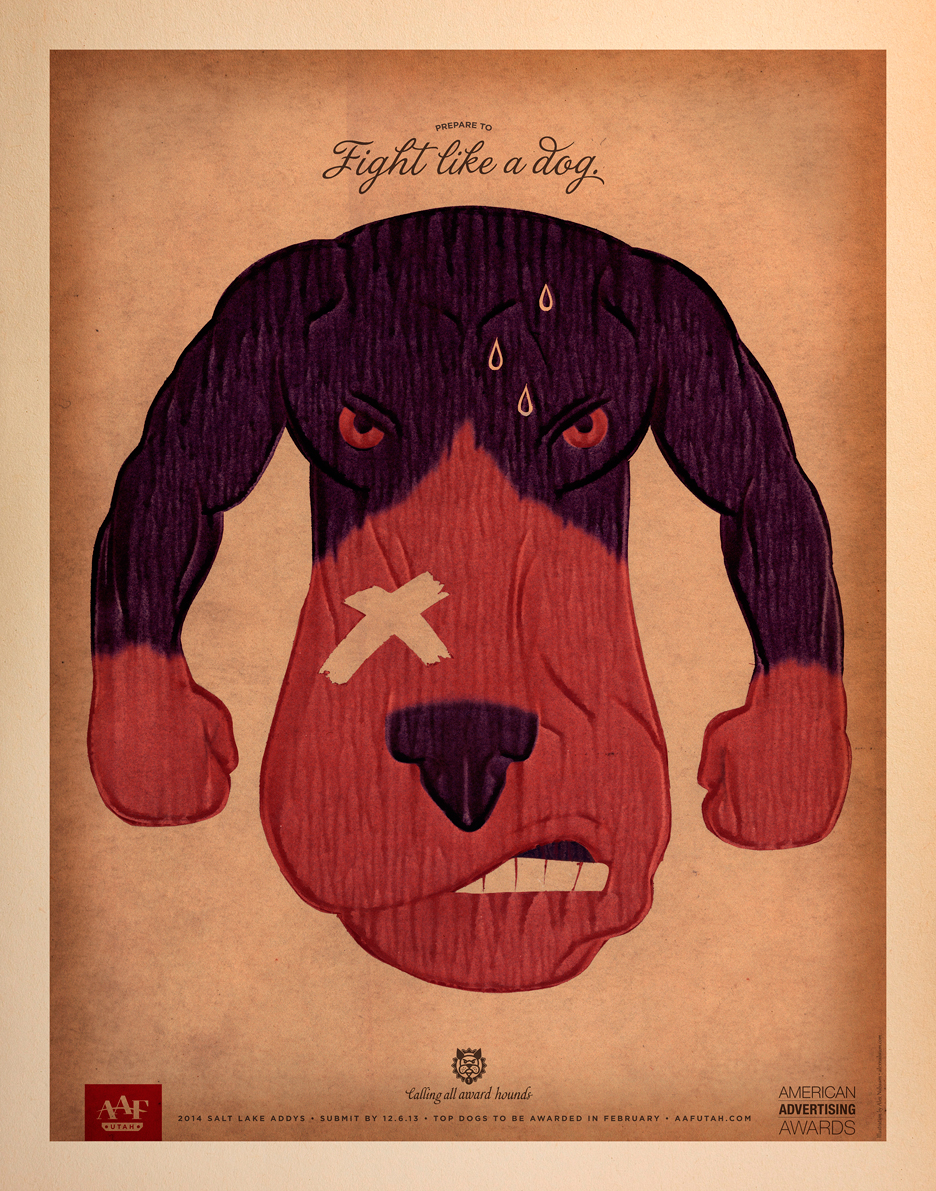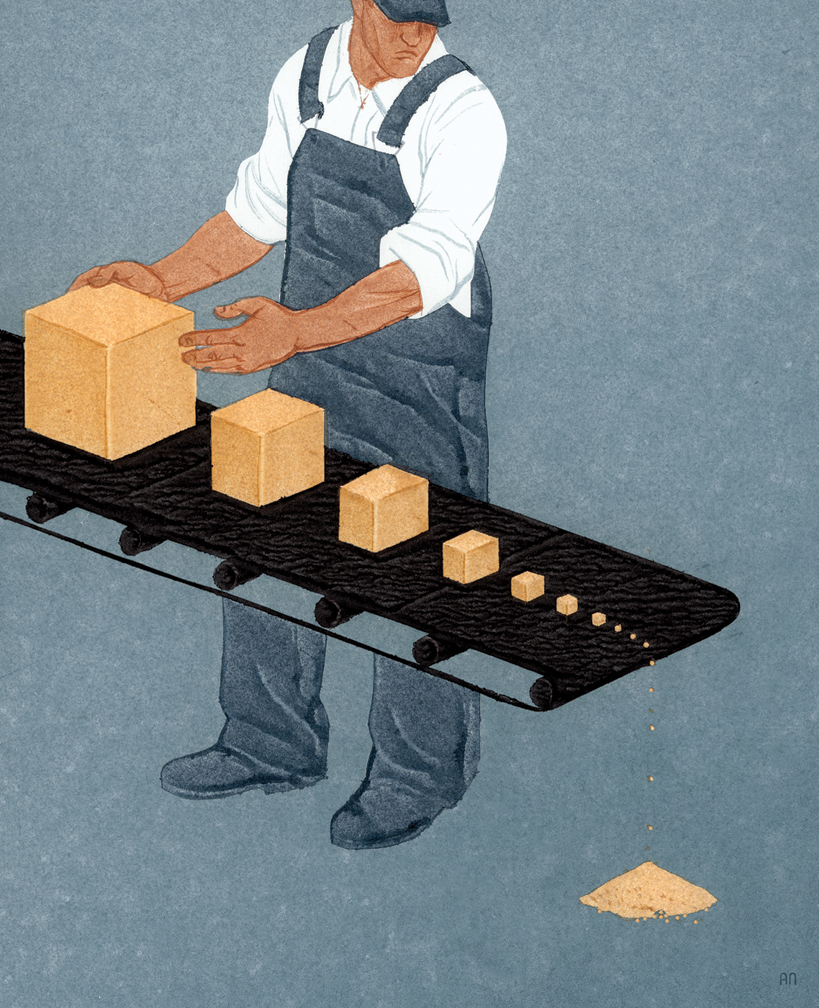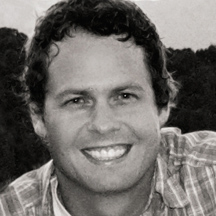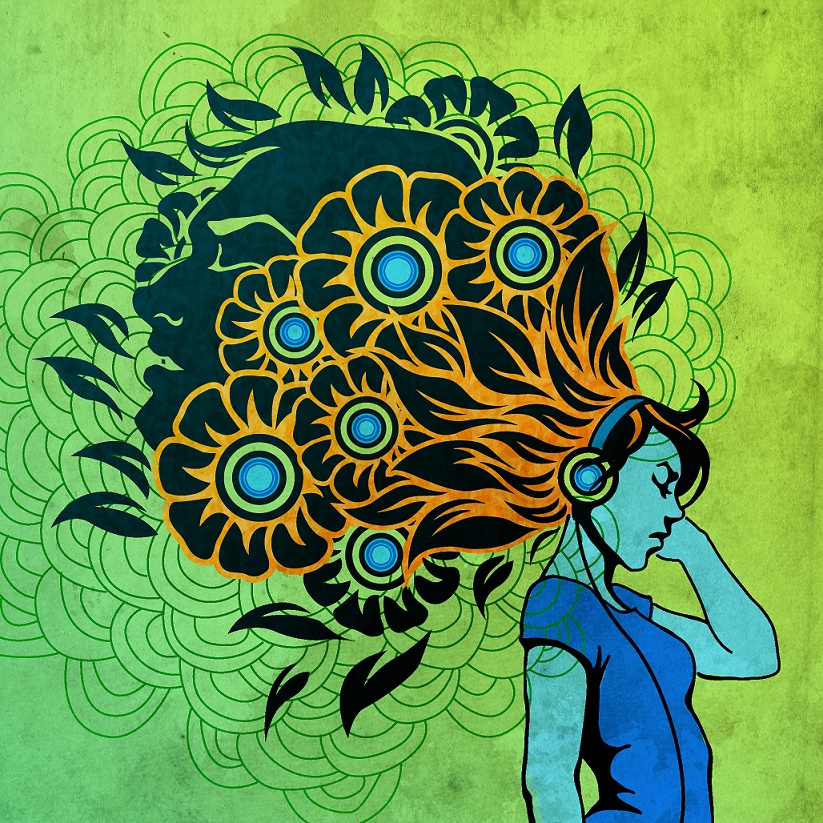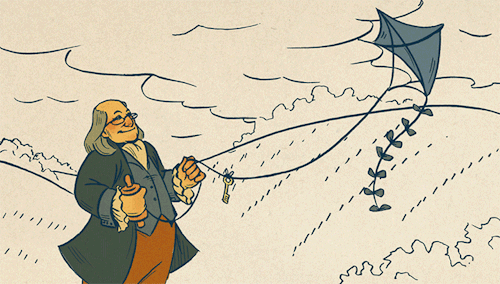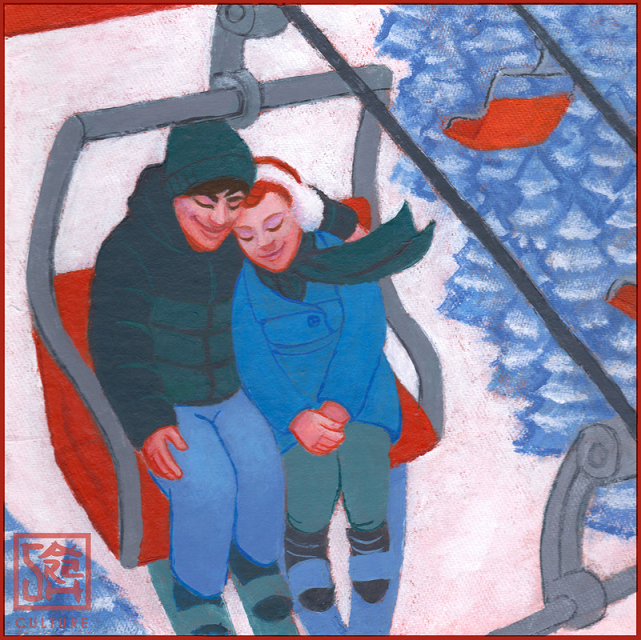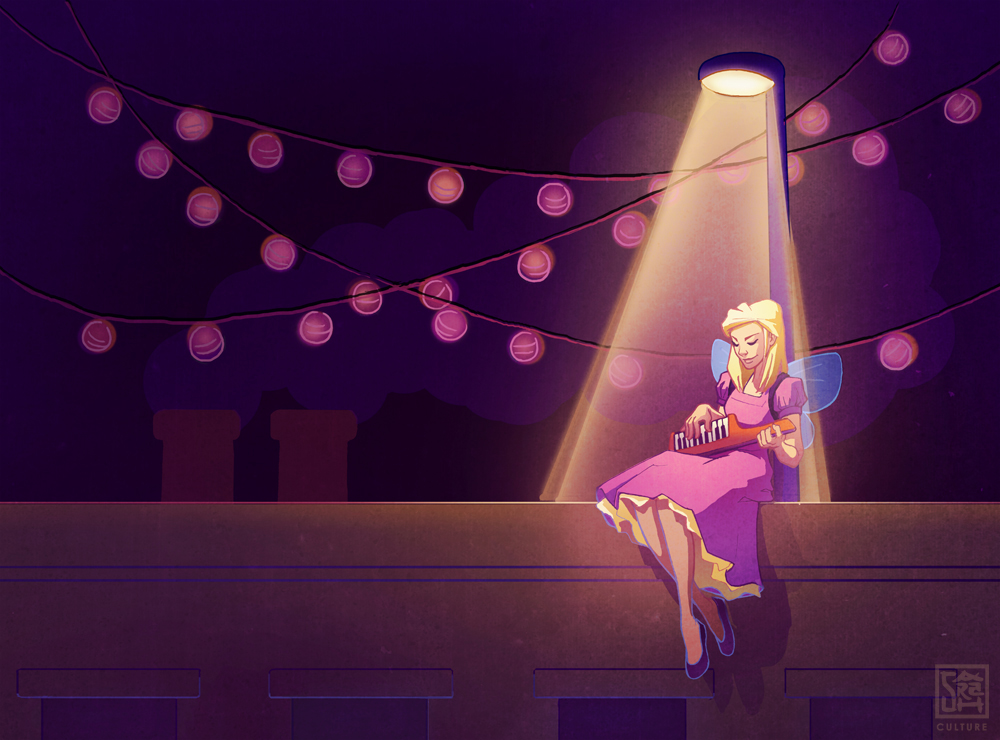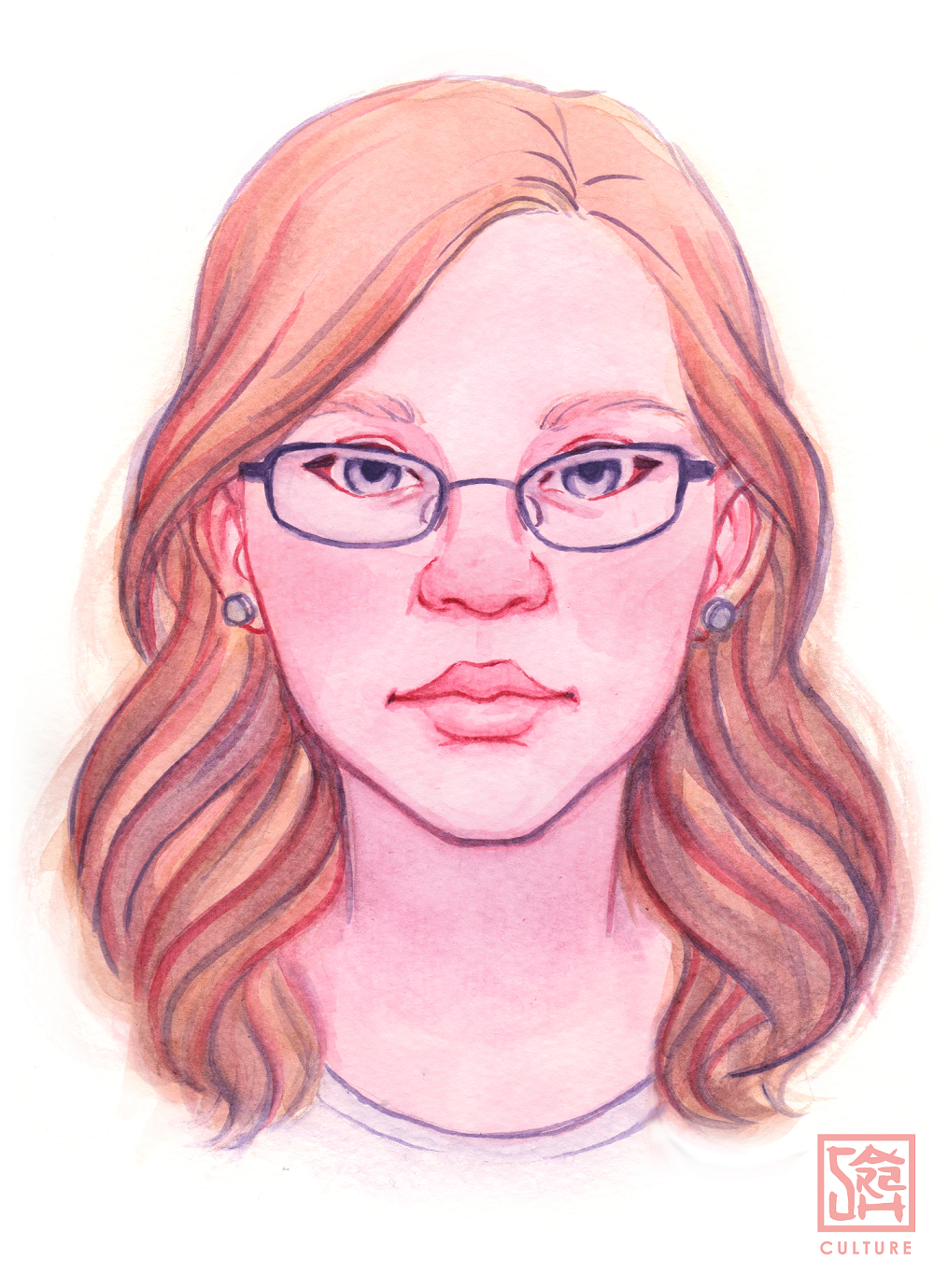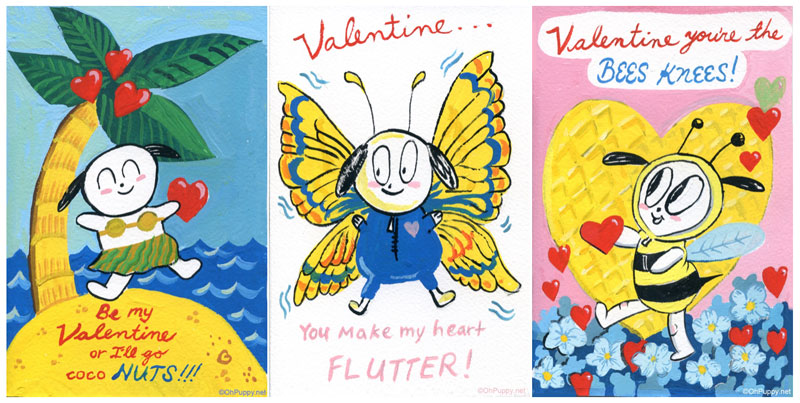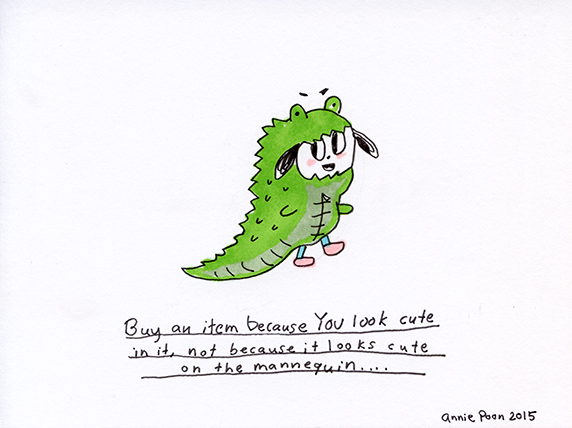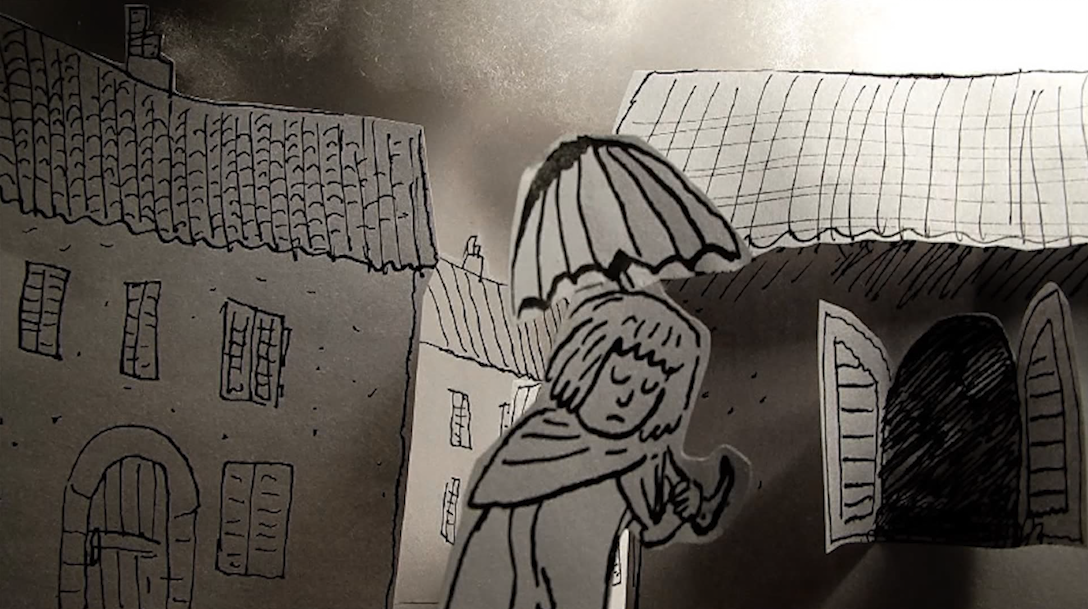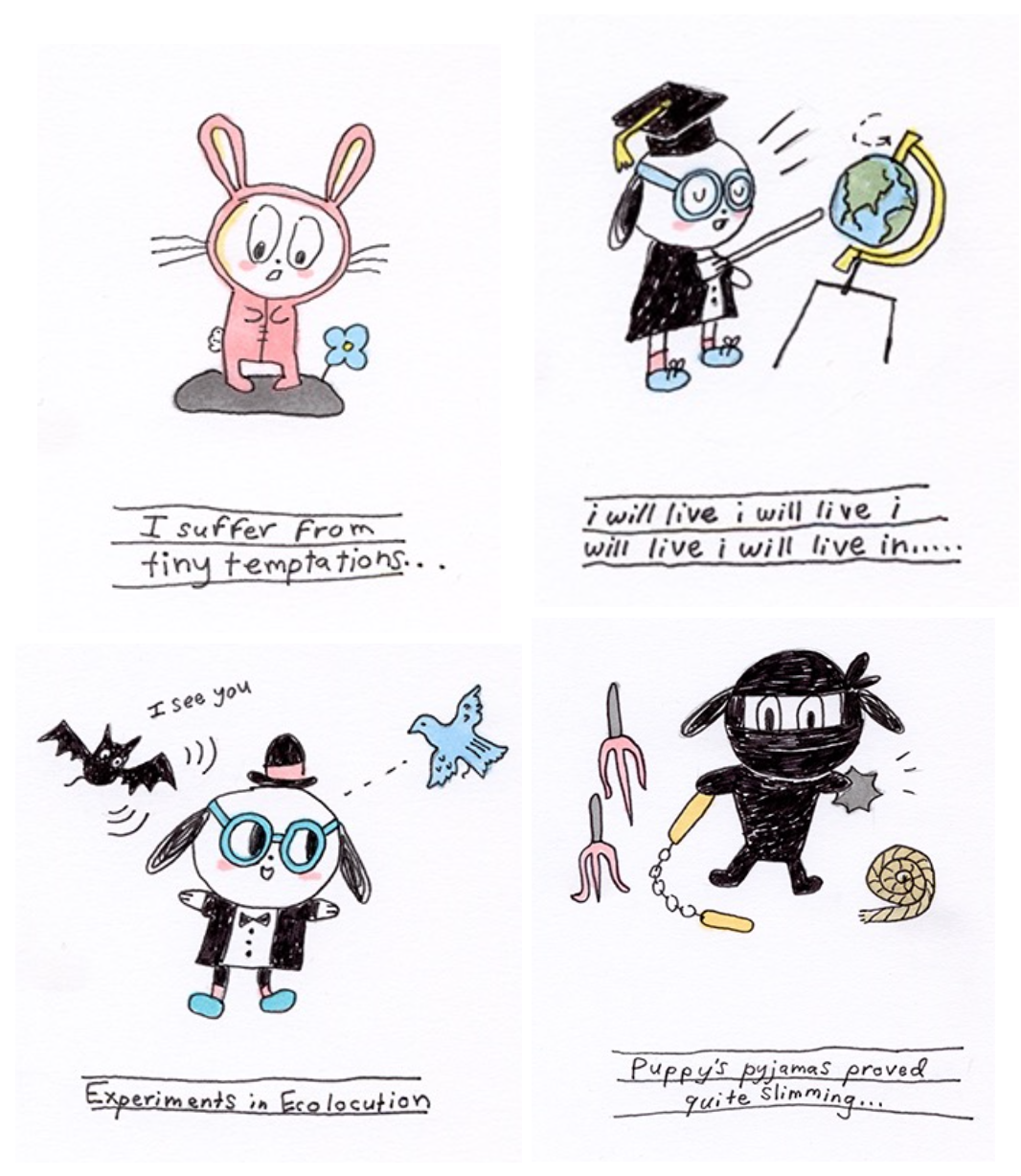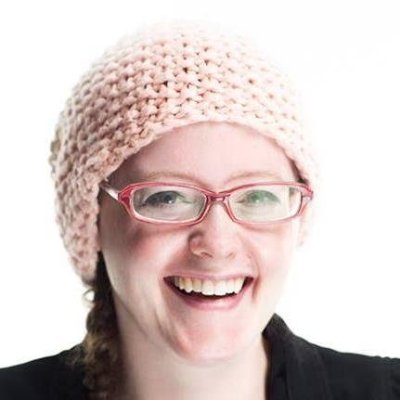Natalie Hoopes is an illustrator, painter, and writer. She graduated from BYU and lives with her husband, a drummer, in Utah. Her new book is a collaboration with David Miles called Book. One review called it, “One of the prettiest paeans to the codex in recent memory.”
Describe yourself as an artist. I’m an illustrator and (kind of?) fine artist who aspires to be a writer as well. There are too many things I want to do in life, so I usually just say ‘illustrator’. I tend to work with watercolor, pen and acrylic more than anything else, but I’ve also worked in oils, watercolor pencil, crayon, torn book pages, marker, India ink, charcoal, Photoshop… whatever I can get my hands on! My biggest goals in life are to write and illustrate my own picture books, young adult or middle-grade novels and possibly comics. I enjoy telling stories about dissatisfied young kids who get into trouble and I love to paint pictures of a situation that’s a little off-kilter.
What do you think about art in the Church these days? What would you like to see as Mormon art evolves? Growing up, there wasn’t a lot of Mormon art that I really related to. I felt like every image I looked at was too rosy, with lots of obedient, smiling children who looked like they loved church (which I didn’t at the time). I dismissed it altogether and decided that I never wanted anything to do with religious artwork. However, the older I’ve gotten, the more I’ve learned that being an LDS artist doesn’t mean you’re restricted to painting scenes from the scriptures, or even anything typically ‘Mormon’ at all. I’ve grown to respect and appreciate the art I dismissed when I was younger (and I think those artists are probably more talented and successful than I will ever be!), but most of the artists I connect with now tend to paint more personal, spiritual scenes. Their art feels specific to their human experience, which actually makes it more relatable. I know many people who feel out of place in Church culture. Art like that can be healing.
Tell us about your experience working with J. Kirk Richards. It’s awesome! I’ve learned a ton. I work as a studio assistant a few times a week at his in-house studio and have been doing so for little over a year I think. It’s funny because I feel like are a lot of things my university professors told me not to do that Kirk is doing. And he’s doing them successfully! It’s refreshing because I feel like he follows his own instincts and isn’t afraid to try multiple things or to have many projects going at once. He’s found a good rhythm for his work. He and his wife, Amy, are great examples to me. It’s been fun to observe their happy, functional, artistic family. My husband and I have similar life goals and I feel like working with Kirk and the other studio assistants has opened up a lot of doors.
Visit Natalie Hoopes’ website.
